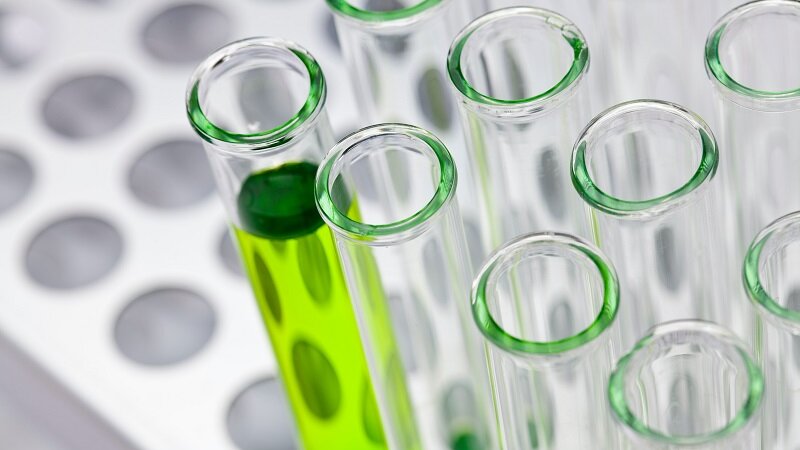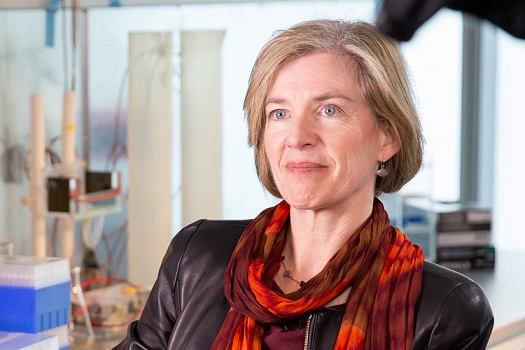Jennifer Doudna
Episode #10 of the course Ten significant women in science by James Wareing
Today we shall learn of one of the most influential and significant scientists of the modern era. Her discoveries will have far-reaching implications, not just for the present day but for the future of science. Jennifer Doudna is a biochemist, born in 1964 in the United States, whose work could potentially save millions of lives in the future. Jennifer grew up in Hawaii and was the daughter of two teachers. When she was 12 or 13, her father left a copy of James Watson’s book on the discovery of the structure of DNA on her bed. This had an inspiring effect on the young Jennifer and fuelled her desire to make discoveries of her own.
What Did She Do?
She studied at Pomona College in California and then at Harvard, specializing in RNA. Even during her studies she helped produce some ground-breaking research. She identified how RNA functions in not just carrying information for DNA but in acting as a catalyst. Despite still being a student, this work would change the way in which scientists would look at RNA. Her career was to initially continue this work on RNA, working on identifying the structure of different types of RNA. Importantly, she identified the structure of the strand of RNA that is part of the cause of hepatitis B.
Her next work though would have an even greater potential effect in combating diseases. She helped to develop a way to edit the genome, altering the DNA of any organism and therefore its characteristics. Its potential uses are almost unimaginably wide-ranging. Principally, it has the potential to eliminate hereditary diseases, if they can be spotted in the genome and altered to ensure the health of the child.
Despite the many potential benefits, Crispr-Cas9 (or Crispr as it is commonly called) has also drawn concern for how it could be misused. Eugenics and the development of a “superior” society is a cloud that often haunts science. Crispr could if used unethically, in theory, allow for scientists to identify and choose idealized characteristics in humans, producing so-called “designer babies.” Doudna is well-aware of these dangers and has been an active campaigner to put in place limitations and guidelines for its future use. In 2015 she helped to implement a moratorium on its use with human embryos, a delay designed to ensure that it is safe and ethical to use before any work is done.
Legacy and Challenges Faced as a Woman
Doudna has said that early in her career that she did not see many boundaries to becoming a female scientist (a significant development from many of the scientists we have learned about so far). She cites Sharon Panasenko, with whom she first engaged in scientific work as an inspiration for demonstrating how women can work in a scientific world dominated by men. However, where she still sees limitations are in the highest level of science. She has recently stated that it is “very difficult for women to break into the top echelons of leadership in science. I’m not talking so much here about university leadership, but more leadership in the highest levels of public policy and the government, as well as in company board rooms.” Research in science, technology, engineering, and mathematics (STEM) has recently been identified as having a particularly stifling effect on women, with many believing that Doudna’s sex has held her back from the recognition in the scientific community that she deserves.
Despite that, Doudna has drawn many plaudits for her undoubtedly greatly significant work. She has been elected into many different scientific societies, receiving many awards in the process as well. Her legacy will surely only increase in the future if the techniques can ever be utilized to prevent diseases.
Recommended book
A Crack in Creation: Gene Editing and the Unthinkable Power to Control Evolution by Jennifer Doudna
Share with friends


